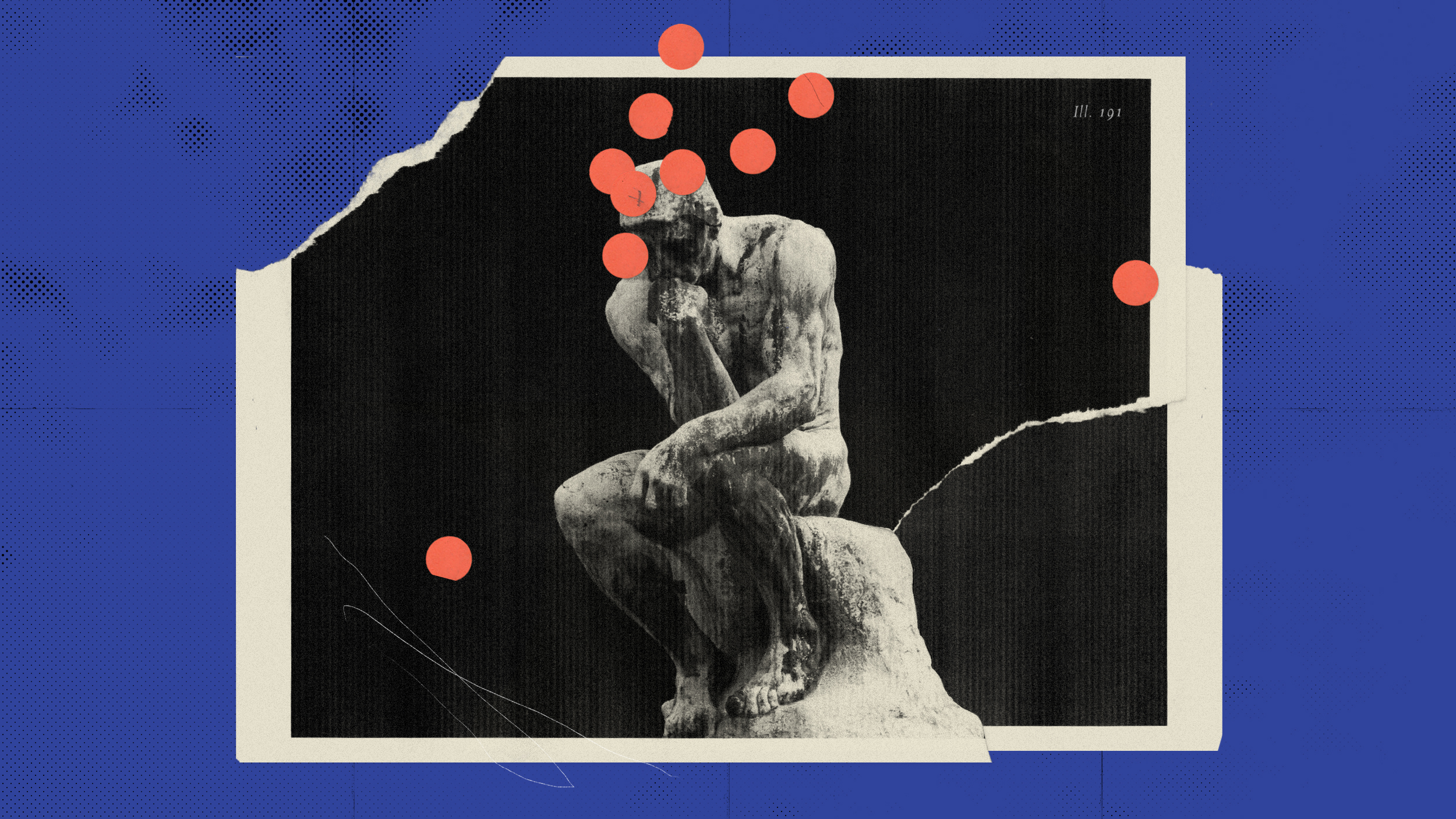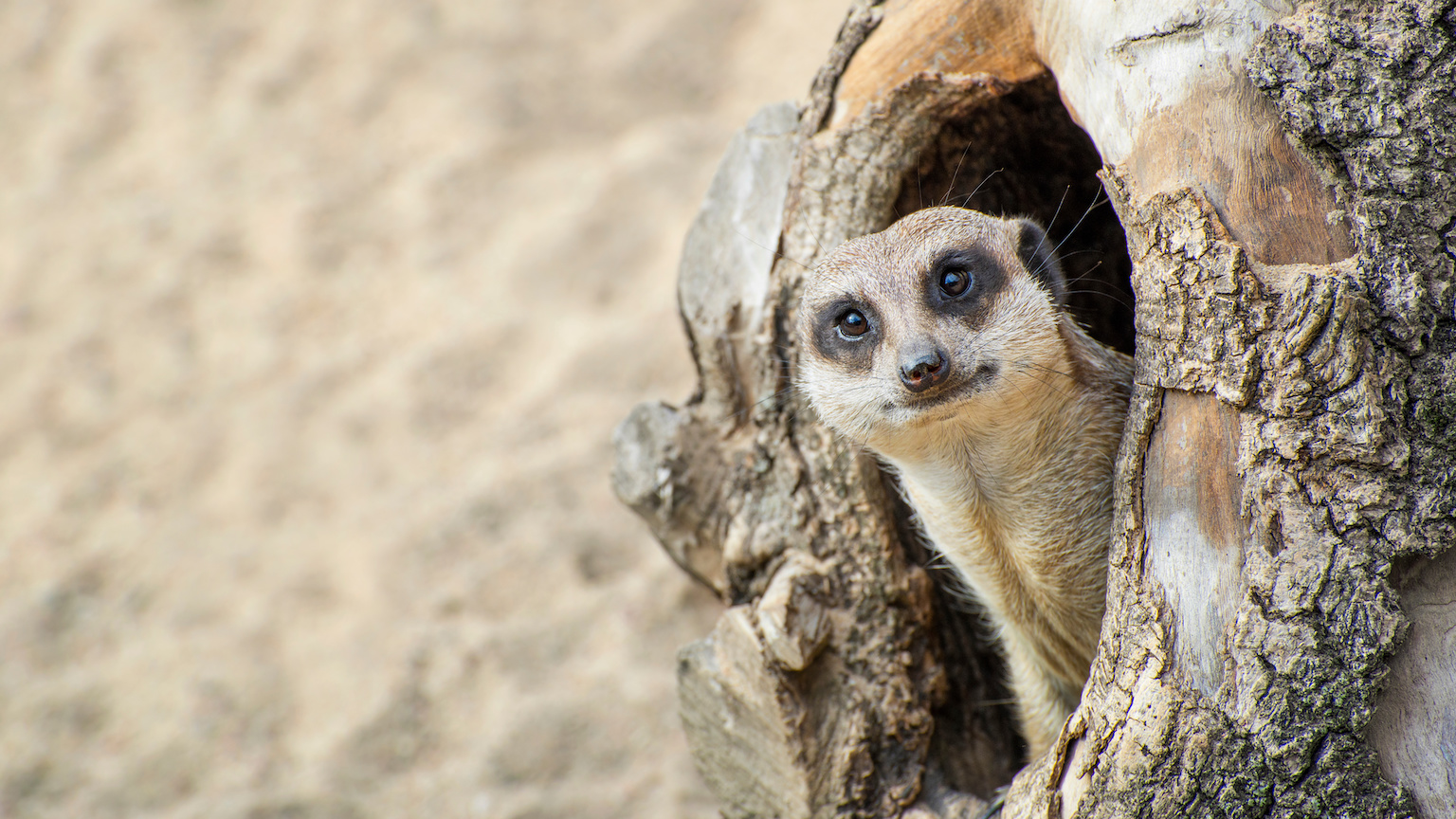How Endangered Species Are Put at Risk by Scientists Trying to Save Them

Most people view the endangered list as a collection of last chances — species listed there are at risk of becoming extinct, gone forever. It’s heartbreaking, really, helplessly watching some poor decimated species dwindle into oblivion, and we hope that the next news we hear is of a rebound in its numbers, not an obituary. That’s how most of us think about it, anyway.
Amazingly — chillingly — it’s becoming clear that easy access to this information via the internet is allowing hunters, poachers, and collectors to use endangered species listings as a type of to-do list, since they consider these increasingly rare animals to be even more worth hunting, killing, and possessing than other animals.
A recent article by David Lindenmayer and Ben Scheele in Science explains what’s been going on. Scientists have historically seen great value in sharing their latest information with each other. But with the move to online publication, they’re having to rethink this tradition, and crimes against animals are increasing the risk of extinction for a variety of species.
It’s easy for poachers to learn the locations in which they’ll find valuable quarry. Since this data became available, there’s a clear increase in poaching within months of the information being published online — 20 such reptile species have been victims, pushed that much closer to extinction.
As the article notes, simply type the name of a critically endangered species such as the Chinese cave gecko (Goniurosaurus luii) into Google’s search field, and its autocomplete feature offers where you can buy one. (We have no way of knowing whether this is a data-driven Google suggestion based on actual traffic or a standard autocomplete variant for species.)

The scientific community, understandably disturbed, is reassessing how it disseminates information in the digital age. While the benefits of sharing their finding with other scientists have long been understood, the price now may simply be too high. Before any information is posted online, the first basic question that has to be wrestled with is whether the benefits do, in fact, outweigh the risks. Withholding information goes very much against the grain, and is clearly detrimental to long-term scientific understanding, but for many of these animals, releasing it may mean there is no long term.
The first and most obvious step already being taken is the omission of detailed geographic information that could help bad actors pinpoint at-risk species. Some disciplines, such as paleontology and archaeology have long taken this approach to preserve the integrity of research sites. Lindenmayer and Scheele note that some journals, such as Zootaxa, have already committed to withholding detailed location data for species. Open-access PLOS ONE also has a policy of masking data regarding endangered species. While these are positive steps, cautionary measures like these are still not universal, and need to be, according to Lindenmayer and Scheele.
It’s also clear that some information now needs to be communicated in a non-public way to government agencies and conservations who need it, and not posted on the open internet. In addition, some research permits currently require that scientists upload their finding to an online database — this is a practice that needs to be re-considered.
The great thing about the internet is that it’s a forum for the free exchange of information across the world, available to everyone. Unfortunately, that’s also the worst thing about it, given human nature.
—





